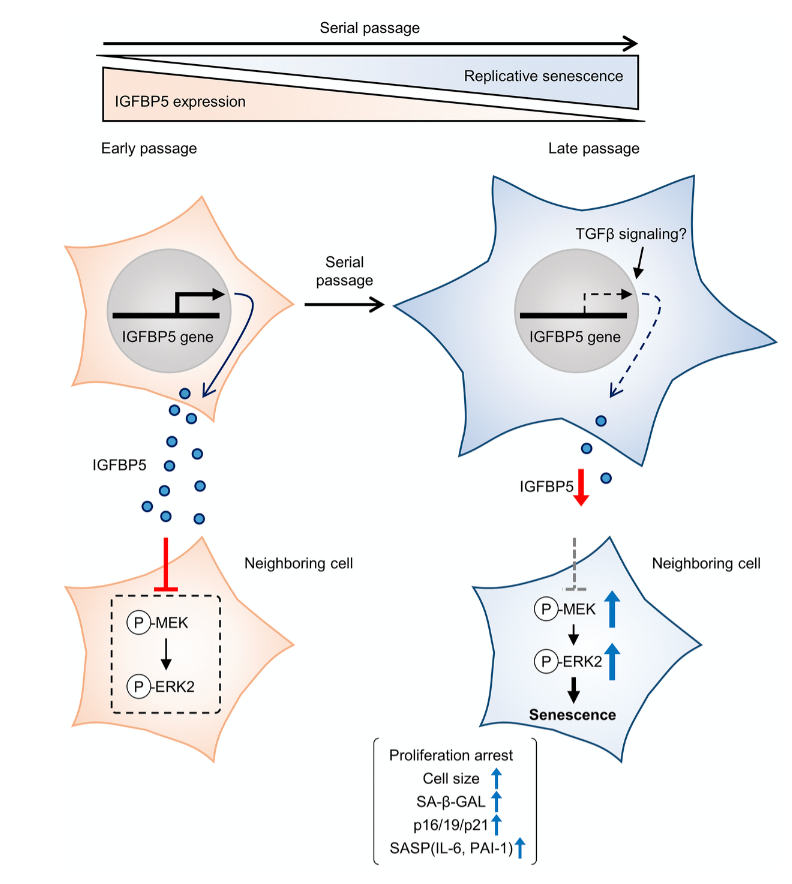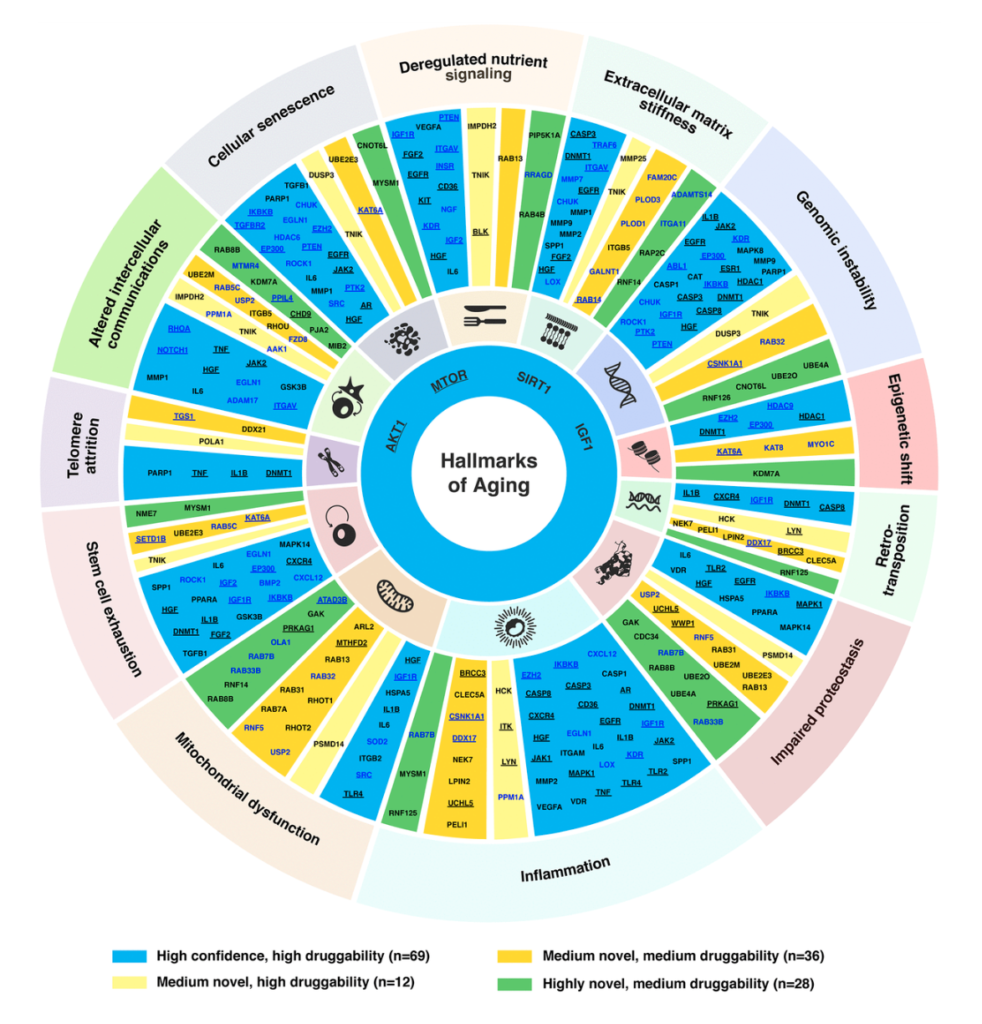In Aging’s Volume 14, Issue 15, cover paper, researchers hypothesized that multidimensional well-being may prolong mobility-limitation-free survival and longevity among older adults.

The Trending With Impact series highlights Aging publications (listed as “Aging (Albany NY)” by Medline/PubMed and “Aging-US” by Web of Science) that attract higher visibility among readers around the world online, in the news, and on social media—beyond normal readership levels. Look for future science news about the latest trending publications here, and at Aging-US.com.
—
The word “well-being” is commonly used in workplace environments, therapy sessions, doctor’s offices, books, online, and elsewhere. However, the definition of this word seems to differ across varying contexts, cultures, traditions, values, and even biological sexes. Below are four definitions of well-being:
- “noun: [Well-being is] the state of being comfortable, healthy, or happy.” — Oxford English Dictionary
- “In simple terms, well-being can be described as judging life positively and feeling good.” — Centers for Disease Control and Prevention
- “The meaning of WELL-BEING is the state of being happy, healthy, or prosperous : welfare.” — Merriam-Webster Dictionary
- “Well-being, or wellbeing, also known as wellness, prudential value or quality of life, refers to what is intrinsically valuable relative to someone. So the well-being of a person is what is ultimately good for this person, what is in the self-interest of this person.” — Wikipedia
Based on these definitions, one could argue the root meaning of well-being may be distilled down to individual happiness and prosperity that contributes to healthy aging. However, this prosperity and happiness is not anchored to only one domain of well-being. There are three domains of being well, which include behavioral, social and psychological well-being.
Aging & Well-Being
“Successful aging is a multidimensional construct covering behavioral, social, and psychological domains of well-being, all amenable to individual actions and public health interventions [1–4].”
Successful, or healthy, aging may be the result of adherence to several protective factors simultaneously within all three of the well-being domains. Previously, the majority of research on healthy aging has been limited to a single domain per study. In a new study, researchers Marguerita Saadeh, Xiaonan Hu, Serhiy Dekhtyar, Anna-Karin Welmer, Davide L. Vetrano, Weili Xu, Laura Fratiglioni, and Amaia Calderón-Larrañaga (from Karolinska Institutet, Karolinska University Hospital, Stockholm University, Lund University, and Stockholm Gerontology Research Center) believe that the vast heterogeneity in aging phenotypes cannot be explained by one domain of well-being alone. On July 18, 2022, their research paper was published on the cover of Aging’s Volume 14, Issue 15, and entitled, “Profiles of behavioral, social and psychological well-being in old age and their association with mobility-limitation-free survival.”
“Despite the rising evidence supporting a multidimensional construct of successful aging, most longitudinal studies still fail to cover well-being indicators belonging to different domains, as shown by the disproportionate amount of literature focusing exclusively on lifestyle factors [45–48].”
Three Domains of Well-Being: 10 Indicators
In their current study, the researchers selected 10 indicators of behavioral, social and psychological well-being: 1) Behavioral: Mediterranean diet, smoking, physical leisure activities, and mental leisure activities; 2) Social: Social leisure activities (i.e., social participation), social connections and social support; 3) Psychological: life satisfaction, negative affect and positive affect.
“Blue zones” are areas around the world with high concentrations of centenarians, or people who live to be over 100 years old. A prevalent diet among people living in blue zones is the Mediterranean diet. The Mediterranean diet consists of fruits, vegetables, whole grains, beans, nuts/seeds, lean poultry, fish, seafood, dairy, eggs, and extra virgin olive oil. This diet has been closely studied as a protective factor of healthy aging.
The psychological well-being indicator listed as “negative affect” refers to the degree to which a person feels guilt, anger and fear, and the following features are considered: distressed, upset, scared, nervous, and afraid. “Positive affect” considers the extent to which a person is active, inspired, determined, alert, and enthusiastic. For additional explanations, the remaining indicators of well-being used in this study are expounded in thorough detail within the research paper itself.
Aging & Mobility
“Mobility decline precedes disability and premature death, and is therefore considered an optimal early indicator of physical function decay among older adults [34].”
The simple ability to exercise, complete day-to-day chores and maintain personal hygiene all rely on a minimum range of physical mobility. A sedentary lifestyle is a well-recognized risk factor for chronic diseases, such as obesity, type 2 diabetes, cardiovascular disease, and some forms of cancer. Furthermore, mobility limitations are associated with social isolation, depression and cognitive decline. The researchers in this study aimed to identify well-being profiles and their association with mobility-limitation-free survival.
“The specific aims of this study were: 1) to identify distinct well-being profiles among men and women separately, by using latent class analysis; 2) to determine which of these profiles are associated with the greatest benefit in terms of mobility-limitation-free survival; and 3) to quantify these potential benefits in absolute terms by calculating differences in median age at onset of mobility limitation or death across profiles.”
The Study
The study population consisted of 1488 functionally healthy individuals (after all exclusion criteria were applied to the ongoing Swedish National Study on Aging and Care in Kungsholmen (SNAC-K) population-based study). In addition to collecting self-reported data on the 10 indicators of behavioral, social and psychological well-being listed above, the researchers included data on the participants’ covariates. Covariates included age, education, number of chronic diseases, mini-Mental State Examination score (MMSE), and NEO Five-Factor Inventory (NEO-FFI) questionnaire. At the beginning of the study (baseline), the average age in the cohort was 69 years old (with a standard deviation of +/- 8.3 years). Ninety-one percent of participants had at least a high-school-level of education. Females (59%) composed the majority of the cohort.
“In this study, we used latent class analysis to detect data-driven subgroups of people with similar well-being profiles according to behavioral (diet, smoking, and physical and mental leisure activities), social (social participation, connections, and support) and psychological (life satisfaction, positive and negative affect) well-being indicators, as defined by the Centers for Disease Control and Prevention (CDC) [25].”
Since men and women tend to behave differently when it comes to multiple factors of well-being, the researchers stratified their analyses by sex. They scheduled regular followed-ups with these participants over the course of 15 years. Well-being profiles were derived from the 10 well-being indicators using latent class analysis. Endpoints were defined as mobility-limitation-free survival, limited mobility or death. Limited mobility was defined as having a walking speed below 0.8 meters per second.
“A composite endpoint, considered to be an indicator of mobility-limitation-free survival, was operationalized by taking into account the time from study entry until the development of mobility limitation (i.e., walking speed <0.8m/s) or death, whichever occurred first.”
Results
At baseline, the researchers identified three well-being profiles among both men and women that followed a clear gradient in all behavioral, social and psychological indicators throughout the study. Participants categorized in the best well-being profile had high adherence to the Mediterranean diet, the lowest proportion of current smokers, high engagement with leisure activities, and the highest levels of social and psychological well-being. Those in the intermediate well-being profile had low/moderate adherence to the Mediterranean diet, a higher proportion of former/never smokers, and moderate levels of social and psychological well-being. (Men in the intermediate well-being profile had a low/moderate engagement in leisure activities, while women had moderate/high engagement levels.) Participants in the worst well-being profile had low adherence to the Mediterranean diet, a higher proportion of former/never smokers, the lowest levels of leisure activity engagement, and the lowest levels of social and psychological well-being.
To examine the association between these well-being profiles and the incidence of mobility limitation or death, the researchers used Cox and Laplace regression models and applied sensitivity analyses to the data.
“In agreement with the Cox regressions, results from Laplace regressions showed that men in the intermediate and best profiles survived 1 and 3 years longer without mobility limitations, respectively, compared to those in the worst profile after adjustment for potential confounders (Figure 2). Women in the intermediate and best profiles lived 2 and 3 years longer without mobility limitations, respectively, compared to those in the worst profile.”
Conclusion
The well-being profiles of older adults are associated with their risk of developing mobility limitations and death. Those in the best well-being profile had the lowest risk, while those in the worst well-being profile had the highest risk. These findings suggest that interventions to improve multi-domain well-being in older adults may improve longevity and help reduce the incidence of mobility limitations in old age. Although this study has many strengths, the researchers were forthcoming about its limitations. Future studies are recommended to confirm these findings.
“While theoretical insights into different models of successful aging are on the rise, empirical evidence from population-based longitudinal data on the complex interplay among the distinct well-being domains and their association with person-centered outcomes, such as mobility-limitation-free survival, is currently lacking. This study addresses such an important gap and provides further evidence to better understand and promote functional independence in community-dwelling older adults through primary prevention multi-domain interventions.”
Click here to read the full research paper published by Aging.
AGING (AGING-US) VIDEOS: YouTube | LabTube | Aging-US.com
—
Aging is an open-access journal that publishes research papers bi-monthly in all fields of aging research. These papers are available at no cost to readers on Aging-us.com. Open-access journals have the power to benefit humanity from the inside out by rapidly disseminating information that may be freely shared with researchers, colleagues, family, and friends around the world.
For media inquiries, please contact [email protected].










